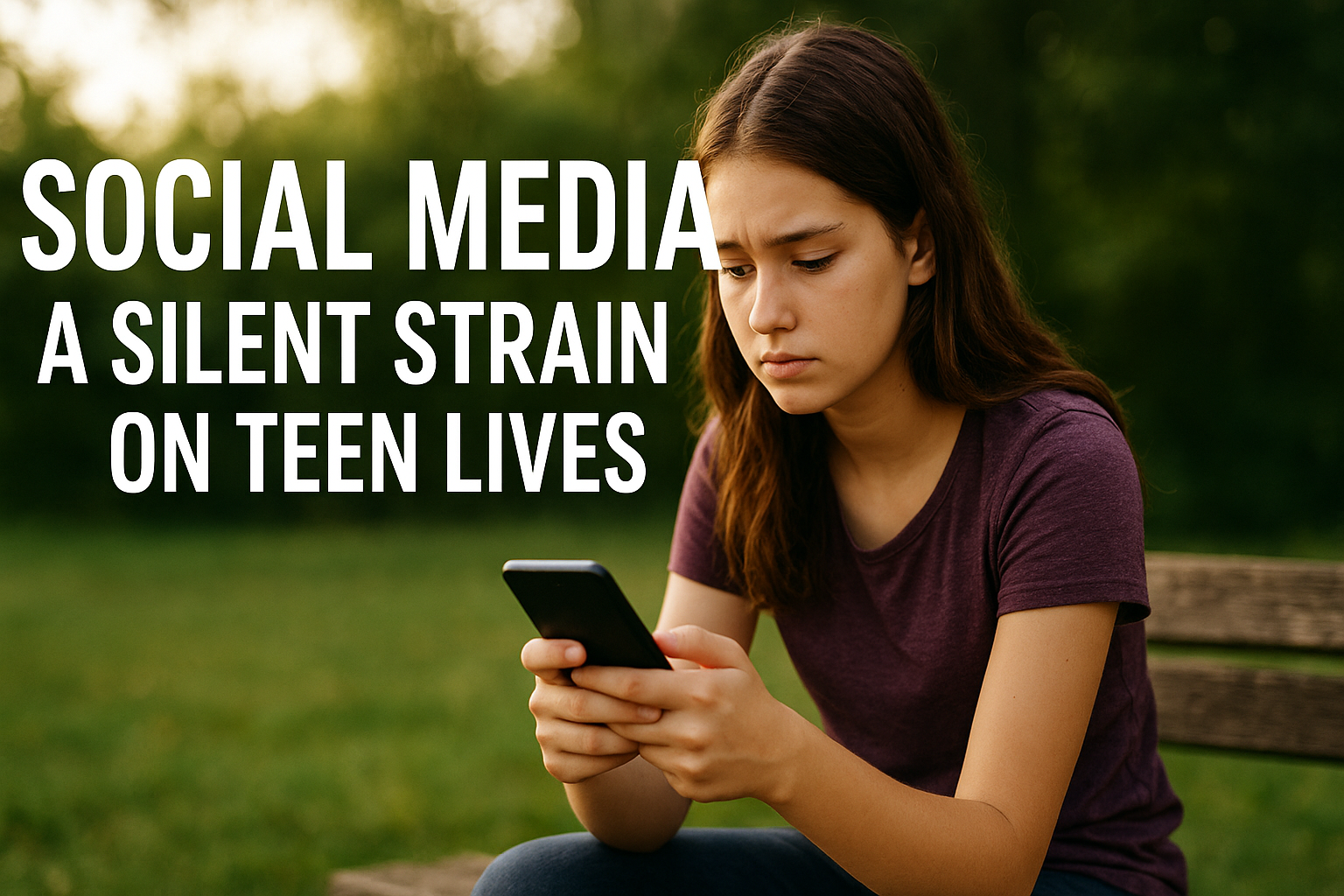Career Focus
Changing It Up: Going Back to School Full-time
Let’s say that you have been out of school for a few years working at a job that pays the bills but doesn’t interest you the way it once did. You may have either completed your secondary education or are short a few credits and have been considering going back to school as a full time student.
Sometimes, navigating a college or university website can leave you feeling as if you have landed on a virtual desert island. An ocean of information surrounds you but how do you manage to swim through it all without drowning in details?
Luckily, there are general admission policies for adults who decide to take the plunge and go back to school full time. Most of these policies apply to all Ontario universities and colleges though there may be slight differences amongst them. For purposes of this article, I will refer to Ryerson University, University of Toronto, York University, George Brown College and Seneca College.
Here’s my shopping list:
10 Essential Things to Know When Applying for Full Time Studies.
- At the top of the list, whenever possible, make a face-to-face appointment with an enrolment advisor. U of T offers a fantastic drop-in service with no appointment necessary. Go! Location: 172 St. George St. Hours: MWTRF 9:30am – 4:30pm; T 1:00pm- 6:00pm If you can’t make it to a walkin appointment, remember that all universities and colleges have admissions counsellors. Call or email using the college or university contact information on their websites. They are there to help you.
- ALL full time applicants to Ontario universities must apply through a centralized bureau called the Ontario Universities’ Application Centre: www. ouac.on.ca Paper applications are still accepted. Address: Ontario Universities’ Application Centre, 170 Research Lane, Guelph, Ont. N1G 5E2. Speaking to someone on the phone can save you hours. Call OUAC at: 518 823.1063. Personally, I found talking to their advisors extremely helpful since they are knowledgeable about all Ontario universities rather than just one.
- If you currently reside in Canada and are applying as a ‘mature student,’ you will use application form 105D. Mature student status is not defined by age but by level of academic background and the number of years since you last attended formal secondary school. You are not considered a mature student if you have a secondary school diploma, even if you graduated from high school decades ago. U of T does not have a ‘mature student’ age requirement but both Ryerson and York universities do. For Ryerson, you need to have been away from school for at least 2 years and be 21 by December 31st in the year that you are applying. Same goes for York except that you need to be 21 on the first day of classes. For more information, go to: www.ouac.on.ca/ouac-105/. Note that if you are applying as a mature student to York University only, you can apply directly through York’s website, as opposed to going through OUAC.
- Applications cost money. The basic fee for applying to up to 3 universities/programs is $135.00. In addition, as a 105D applicant, you may be charged supplemental fees for document evaluation which vary from $90.00 at U of T to $40.00 at Laurentian University. All fees are non- refundable.
- If after evaluating your credentials your admission requirements are deemed incomplete, you may be asked to take an English or Math test or to enroll in a pre-university course to upgrade your skills. U of T, Ryerson and York all have excellent bridging programs that will lead you to full time registration. See: Academic Bridging Program and/or Transitional Year Program (U of T), Spanning the Gaps (Ryerson) and a host of bridging programs at York including the Transitional Year Program, Bridging for InternationallyEducated Professionals, Steps to Liberal Arts and Pre-University Studies (www.futurestudents.yorku.ca/access_bridging).
- Going back to college full time in Ontario involves a similar process except that for colleges you must apply through a different central bureau: the Ontario College Application Service or OCAS (www.ontariocolleges.ca/). The nonrefundable application fee is $95.00. It allows you to apply for up to 5 colleges/ programs or up to 3 programs at any 1 college. For information, call 1 888 892-2228 M-F 8:30 am -5:00pm, or email: Ask-Us@ontariocolleges.ca If you are thinking of going to George Brown, do take advantage of their information sessions for mature students and register. Dates are posted online at www.georgebrown.ca/matureinfo/ or call 416 415. 5000 x 2896. These workshops run monthly throughout the summer and staff are available to answer all your questions about the ins and outs of going back to school.
- At George Brown and Seneca, you can apply to study full time as a mature student if you are 19 years old or older and do not have an Ontario Secondary School Diploma (OSSD). Mature students are considered on an individual basis. Although you must meet the program’s eligibility requirements, you may be accepted into a program under the condition that you take a pre-admissions test.
- One of the biggest differences between universities and colleges is the possibility of obtaining credits through prior learning assessment and recognition, often referred to as PLAR. At U of T and York, credit transfer is solely based on previous transcripts; Ryerson, interestingly, offers the possibility of ‘challenge credits’ for prior learning and/or experience for some courses. Each challenge costs $120.00 and departments decide individually which courses are eligible. Go to: www.ca/content/dam/currentstudents/ forms/ChallengeCreditApp.pdf. Colleges are more open to giving credit for the knowledge and skills you’ve gained through ‘non-credited’ education like working or volunteering. They have advisors who will guide you through the process. At Seneca and George Brown, you have to be enrolled in a program before you can apply for PLAR. Not all courses are eligible for PLAR, but generally those that are will be assessed by various methods that include demonstrations, interviews, written tests and/or portfolios. Note that PLAR does not recognize experience per se, but the knowledge and skills that you gain from experience. It is important to note, too, that currently in Canada there are no national standards for PLAR processes. At George Brown, a challenge costs $109.20 per course (plar@georgebrown. ca). At Seneca, the cost is $101.00. For more information on PLAR, see: Canadian Association for Prior Learning Assessment www.capla.ca and Canadian Information Centre for International Credentials www.cicic.ca/412/priorlearning-assessment-and-recognition
- If you are not ready to commit to full time studies, enrolling part time at university or college is often a good place to start. Be aware that not all programs are offered part-time. If you want to register as a part-time student for a college program (during the day), or as a part-time student in a university program (day or evening), you must be admitted to the program first. Part-time application forms can be accessed through the individual websites of the university or college that you wish to attend. You can also enroll part-time at university through schools of continuing education, such as Ryerson’s G. Raymond Chang School of Continuing Education (www.ryerson.ca/continuing/) or U of T’s School of Continuing Studies (www. learn.utoronto.ca/). Only continuing education departments have a policy of open admissions. That means that anyone can register, regardless of age or academic record.
- In the grab-it-while-it-lasts department: York University offers one tuition-free degree at the domestic rate for seniors who are 60 years old or over. You pay only the ancillary fees. The same goes for Ryerson but you’ll have to be quick. As of Fall 2014, Ryerson will no longer offer the tuition waiver.




